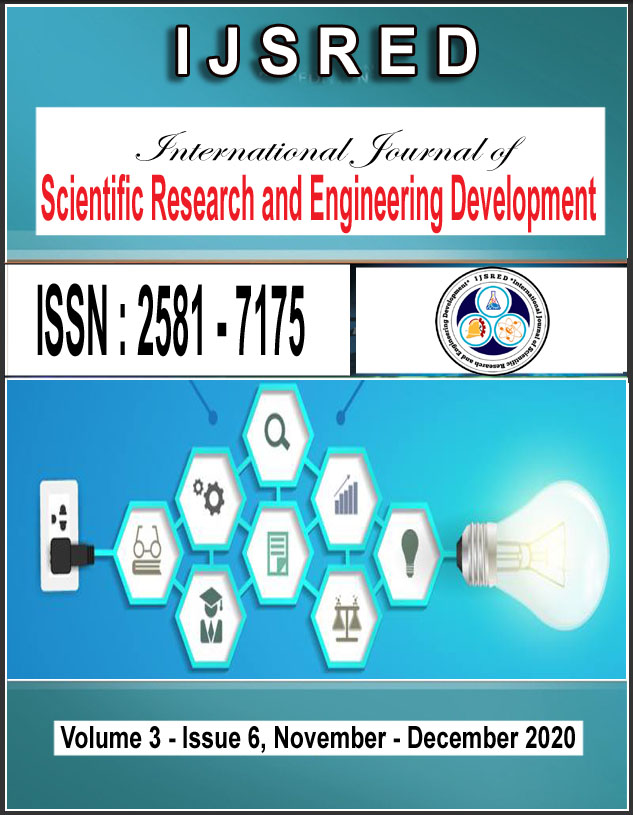 |
International Journal of Scientific Research and Engineering Development( International Peer Reviewed Open Access Journal ) ISSN [ Online ] : 2581 - 7175 |

RFID- Based Mobile Indoor Assistive Navigation and Localization for Visually Impaired People
 |
International Journal of Scientific Research and Engineering Development (IJSRED) | |
| Published Issue : Volume-3 Issue-6 | ||
| Year of Publication : 2020 | ||
| Unique Identification Number : IJSRED-V3I6P12 | ||
| Authors : Aarthy R, Gayathri R | ||
Abstract :
Vision is one of the very essential human senses and it plays the most important role in human perception about surrounding environment. Several techniques are proposed to get location information in buildings such as using a radio signal triangulation, a radio signal (beacon) emitter, or signal finger printing also existing assistance systems which are limited to obstacle detection and path finding. Using radio frequency identification (RFID) tags is a new way of giving location information to blind people. Here the proposed system aims to introduce a central function of a new RFID-based assistive navigation and localization system to help blind and visually impaired people with indoor independent travel. The system detects dynamic obstacles and adjusts path planning in real-time to improve navigation safety. First, focus on develop an indoor map editor to parse geometric information from architectural models and generate a semantic map consisting of a RFID based pre implemented tags in the indoor area. By leveraging the reader service, then design a path alignment algorithm to bridge the data to mobile device and semantic map to achieve semantic localization by using Bluetooth mobile APK. Using the on-board RFID reader, the system develops efficient obstacle detection and avoidance approach based on a time-stamped map Kalman filter (TSM-KF) algorithm. Finally, field experiments and blind subjects demonstrate that the proposed system provides an effective tool to help blind individuals with indoor navigation and localization.
